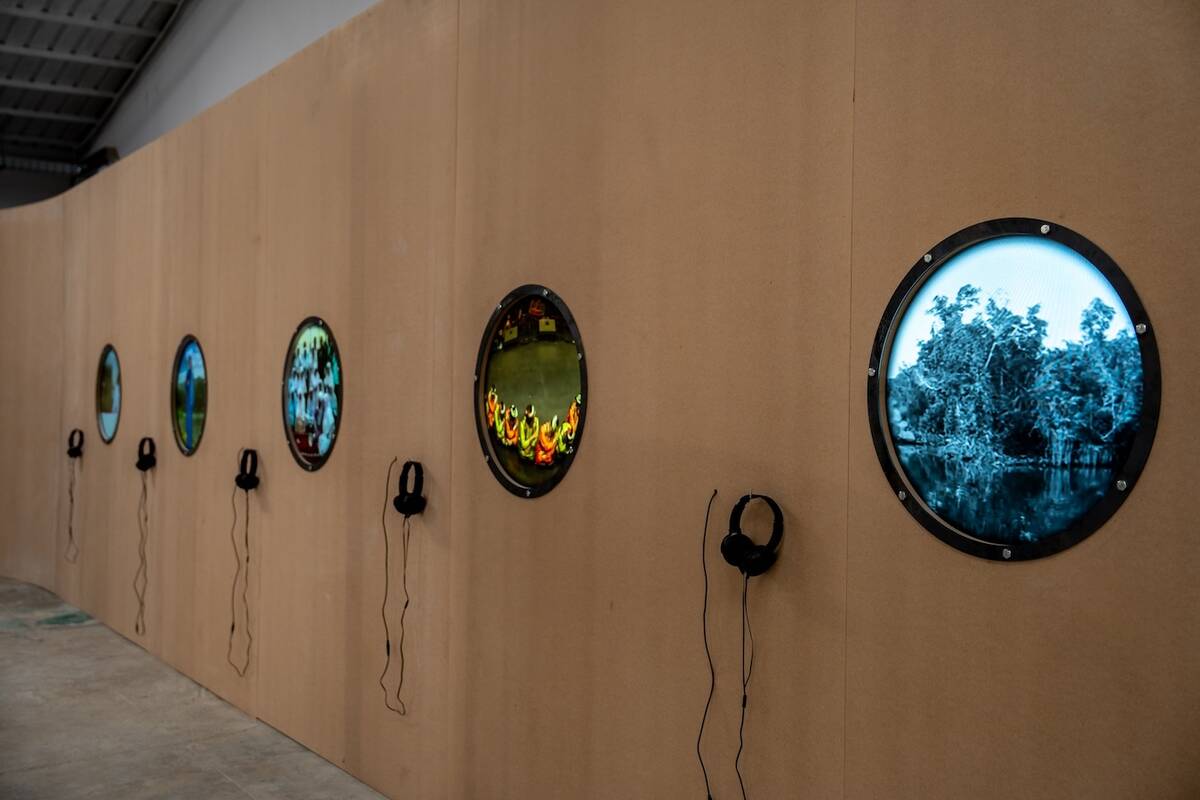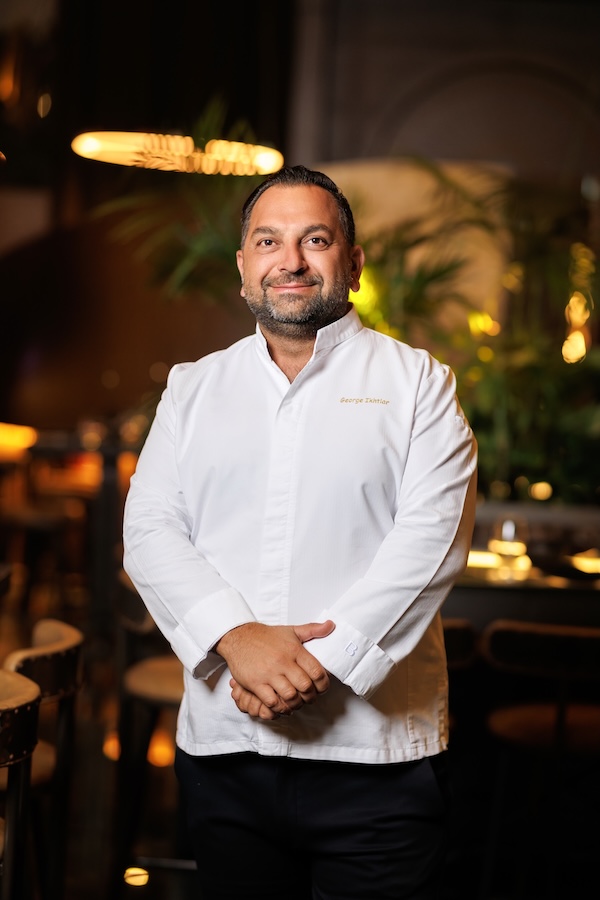ABU DHABI: After a decade of expectation, the Louvre Abu Dhabi is set to open its doors to the public on Saturday. Art fans from around the world are gearing up to take in all that the museum has to offer.
To celebrate the launch of this culture and arts hub in the Emirati capital, the museum is putting on a four-day extravaganza of music, art and dance performances from November 11-14.
Headline acts include French singer and rock guitarist Matthieu Chedid, Malian singer Fatoumata Diawara and Lebanese jazz musician Ibrahim Maalouf.
For more excitement, visitors can look to the skies as an Etihad A380 is set to perform fly-passes throughout the celebrations.
On November 11, a lightshow from French pyrotechnic wizards, Groupe F will take place, inspired by and celebrating the collections and architecture of Louvre Abu Dhabi through a curated and choreographed audio-visual performance that visitors can enjoy from the vast museum grounds.
Arab News toured the museum — the first of many set to open in the UAE capital’s Saadiyat Cultural District — and in the lead up to its grand opening and from ancient artifacts from across the Middle East and wider world to the 300 items on loan from the Louvre and 12 other leading French museums, the experience did not disappoint.
The Louvre Abu Dhabi describes itself as “a universal museum that focuses on shared human stories across civilizations and cultures.” It is showcasing a collection of artworks and artifacts that span the entirety of human existence, from prehistoric objects to commissioned contemporary artworks.
The museum, which was first announced in 2007 and faced repeatedly delayed opening dates, was designed by Pritzker Prize-winning French architect Jean Nouvel.
Visitors can walk through promenades overlooking the sea underneath the impressive 180-meter dome, comprised of 7,850 unique metal stars set in a complex geometric pattern. Sunlight filters through the meshwork — which, at 7,500 tons, weighs almost as much as the Eiffel Tower — to create speckled shadows on the museum floor, worthy of an exhibit in and of itself.
The space boasts 6,000 square meters of galleries, exhibitions, a Children’s Museum for visitors aged six to 12, a research center, a restaurant, a boutique and a café, making it perfect for a family day out.
Highlights currently on show include a prehistoric stone tool dating back to 350,000 BCE, a milestone indicating the distance from Makkah in Kufic inscriptions, and a funerary stele from Makkah dating back to 700–900 CE from the Saudi Commission for Tourism and National Heritage.
Unlike traditional museums across the world, the exhibits are not organized into clear time periods or even by region, but by theme. This sometimes-difficult-to-follow approach will lead visitors on an awe-inspiring journey through time and space. One of the most memorable examples is an exhibition case that features a Mamluk-era Qur’an next to a statue of the Virgin Mary and child from Normandy, circa 1500. Across the same room you will find a selection of Jewish and Islamic funerary steles from Saudi Arabia, Paris and the Almohad dynasty of Tunisia — it is a complex but delightful bringing together of humanity.
Louvre Abu Dhabi also hosts a collection of calligraphic works, including Ottoman scrolls containing important paintings, texts and letter forms from the region.
Visitors can also explore a treasure trove of 400 silver dirham coins from the Abbasid Caliphate of Iraq, the Samanid dynasty, and the Saffarid dynasty, discovered in Sidamah in 2005.
The ultra-modern building is filled with hundreds of ancient artifacts, and with information plaques in English, Arabic and French, the museum is truly international and unique.
For art lovers, there is a rare chance to see outstanding artworks by masters of 20th century painting, from American pop-art icon Jackson Pollock, to Pablo Picasso. But one of the biggest crowd-pleasers the museum has on show comes from the 19th century: a world-famous self-portrait by Van Gogh.
In addition to internationally acclaimed artists, the Louvre Abu Dhabi also pays homage to regional luminaries, including Emirati artist Abdullah Al-Saadi, late Emirati artist Hassan Sharif (1951–2016), and 87-year-old Sudanese painter Ibrahim El-Salahi in the contemporary space.
Manuel Rabaté, director of Louvre Abu Dhabi, explained that displaying these artworks “demonstrates the collaboration between the local and regional institutions to help tell the story of art from a Middle Eastern perspective, and supports the ongoing cross-cultural exchange and understanding which Louvre Abu Dhabi embodies.”
Mohammed Khalifa Al-Mubarak, chairman of Abu Dhabi’s Department of Culture and Tourism, expressed his hope that the museum would “make Abu Dhabi the focal point of the region… and make it a cultural hub.”
The museum offers a Louvre Abu Dhabi Art Club membership program that offers members a range of exclusive benefits, including access to events and activities and previews of the museum’s four temporary exhibitions each year.
A 12-month Louvre Abu Dhabi Art Club membership costs SR459 for one member plus one guest, and SR1,531 for one member plus five guests.













































